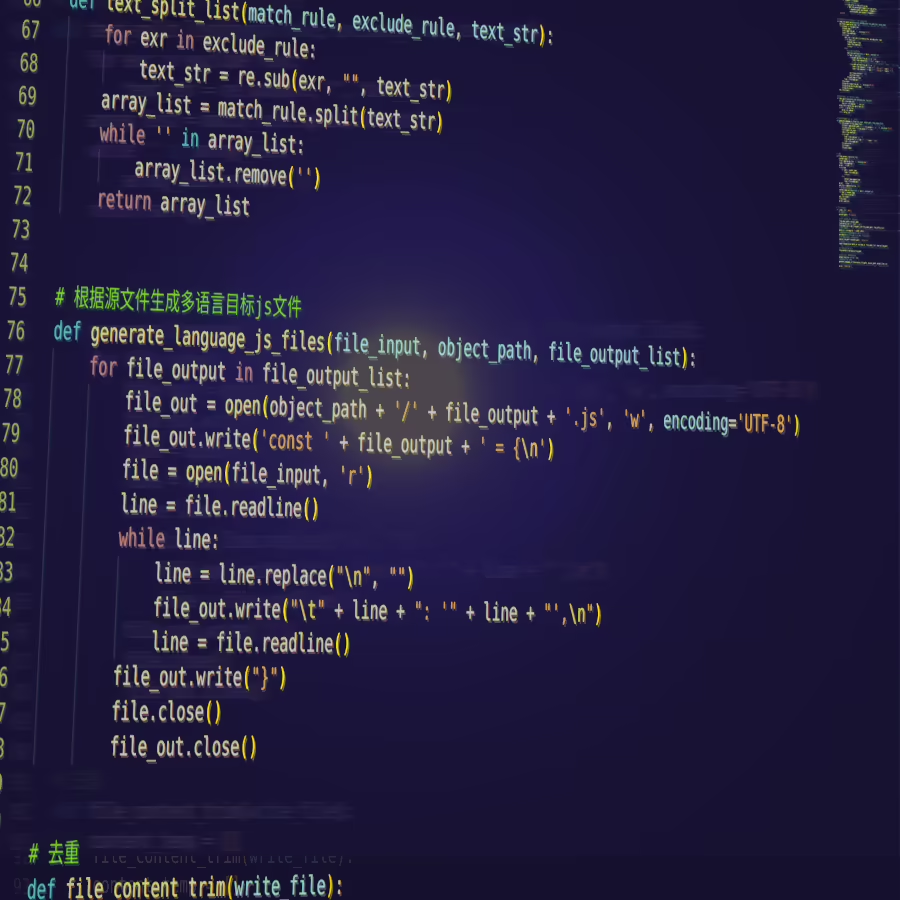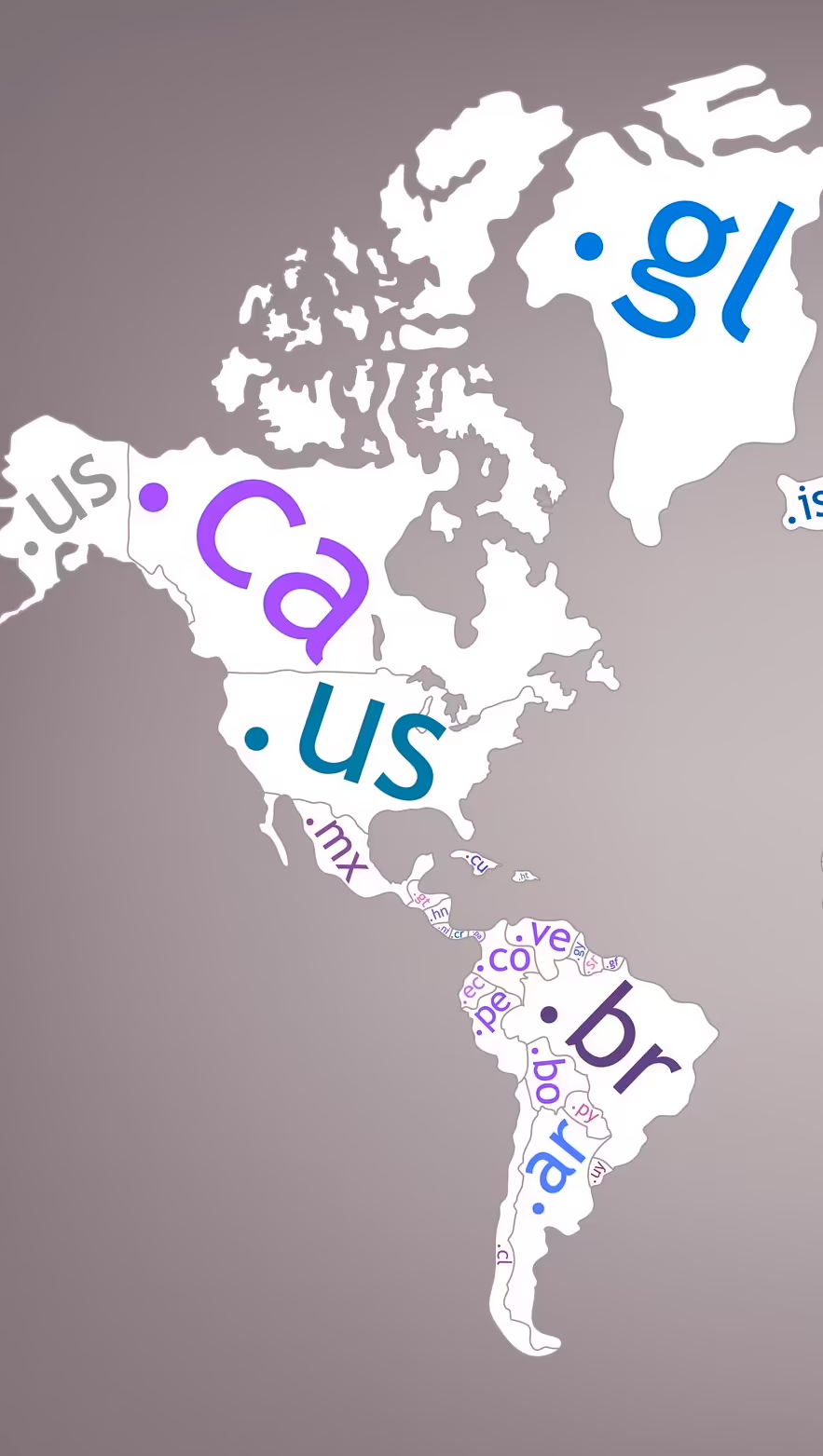Alles wat u moet weten om het lokalisatieproces te beginnen
Lokalisatie involves adapting content to suit a specific region or locality in the world. It extends beyond mere translations. Here's what you need to know.
Lokalisatie involves adapting content to suit a specific region or locality in the world. It extends beyond mere translations. Here's what you need to know.
Internationalisation (often abbreviated as "i18n") involves designing software to adapt to various languages and regions without extensive changes. Localisation (commonly shortened to "l10n") customises internationalised software for specific regions or languages by translating text and adding locale-specific components.
Localisation may occur multiple times for different locales, using the infrastructure provided by internationalisation. Ideally, internationalisation precedes localisation or integrates seamlessly into ongoing development.


Software internationalization operates at a foundational level within the broader scope of localization endeavors. While software localization focuses on aligning formatting with global standards (including dates, times, numeric values, design, and cultural nuances), internationalization lays the groundwork for accommodating these variations across languages.
Internationalization employs placeholders, dynamically fetching appropriate language-specific content for users. Rather than hardcoding specific language elements directly into the code, this approach ensures seamless adaptation without the need for extensive engineering modifications.
Many software developers underestimate the complexities involved in localizing an application initially designed for a single market. This misconception often leads to challenges and pitfalls during the localization process. Several factors contribute to the difficulty of localizing software, ranging from lack of international readiness to ambiguity in string localization.
The software may not be designed to support extended characters, locales, or other internationalization features, making it challenging to adapt for global audiences. Additionally, localization teams may struggle to identify which files require localization, leading to confusion and inefficiencies. Non-standard file formats further complicate matters, requiring custom tools or manual translation followed by re-compilation.


Determining which strings require localization can be challenging, especially when they mix user interface elements with other functional components. Dependencies among strings, formatting requirements, or length limitations can complicate the localization process. User interface text may contain cryptic language or technical terminology that is challenging for translators to understand and localize correctly.
The absence of a framework to segregate functionality-related and user interface-related resources hampers effective localization planning. Integration of localization considerations into the design, development, and testing phases is crucial to overcoming these challenges. Proposed frameworks, including clear resource separation and pseudo localization, aim to streamline the localization process and ensure software readiness for global markets.
Effective localization requires a holistic approach that integrates localization thinking into every stage of software development. By implementing clear frameworks and guidelines, along with tools like pseudo localization, developers can streamline the localization process and ensure their software is ready for global markets.

Vestibulum non tortor sit amet arcu facilisis efficitur at sit amet nibh. Mauris interdum neque mollis turpis pellentesque ornare.
Donec pretium finibus nisl, a porta enim semper eu. Phasellus pulvinar volutpat est eu pulvinar. Maecenas commodo nibh semper dui imperdiet feugiat. In bibendum, metus ac iaculis eleifend
